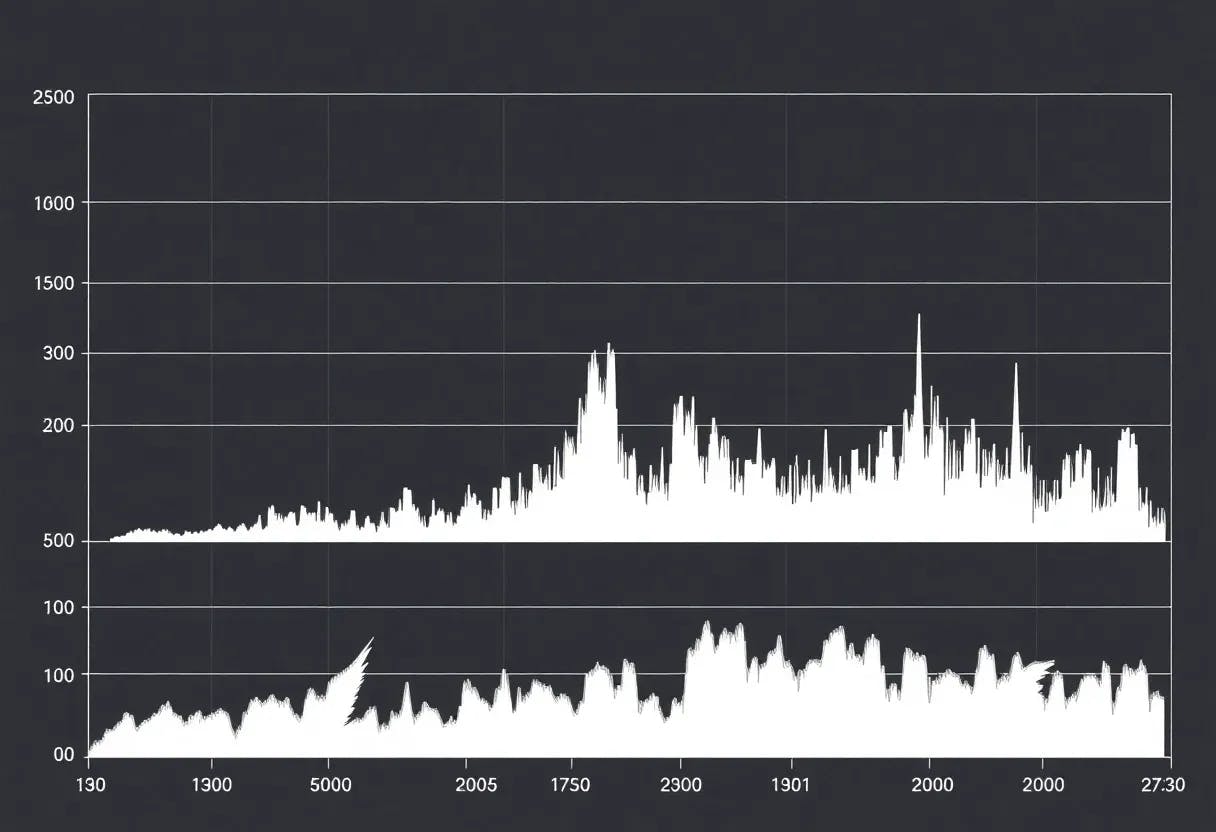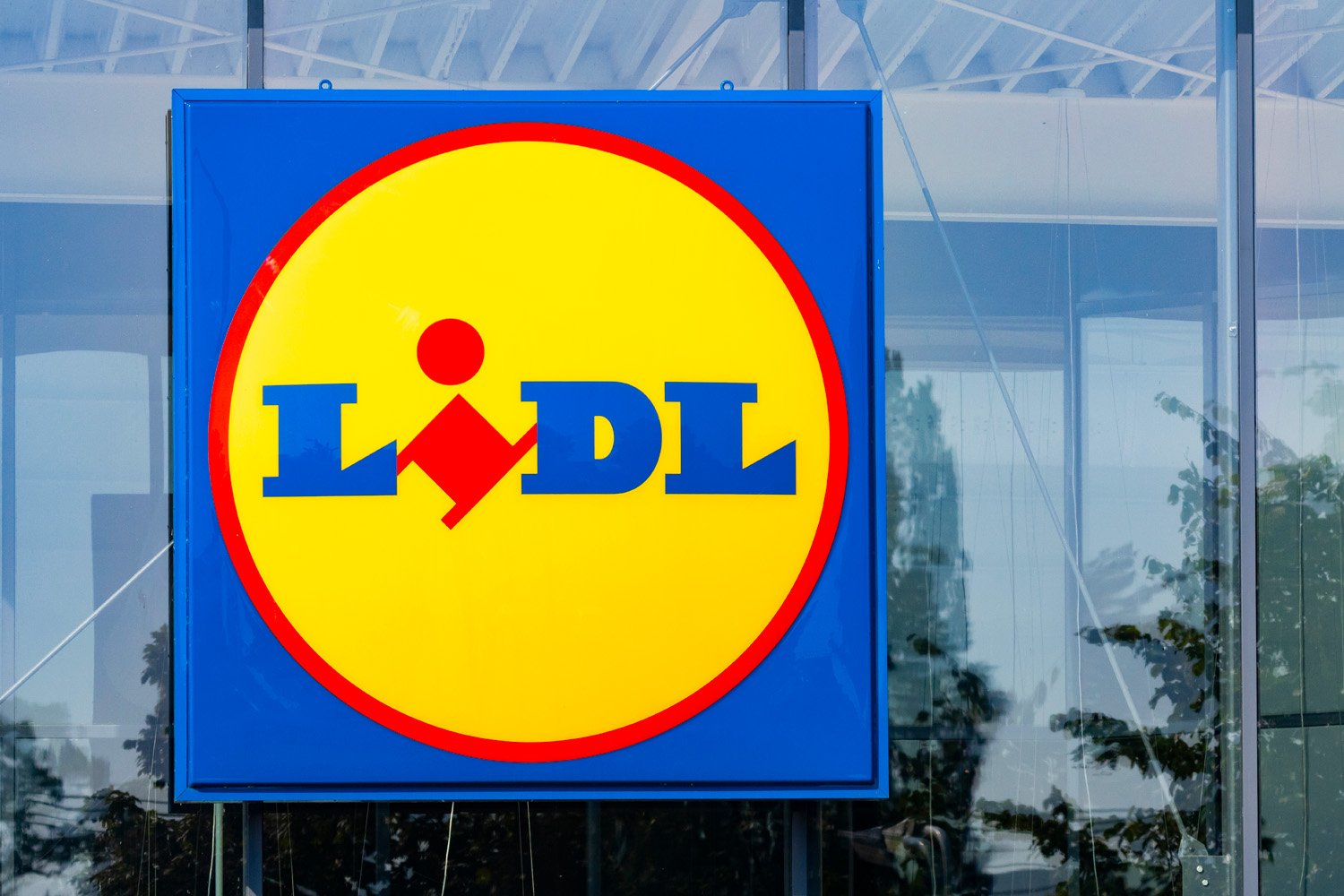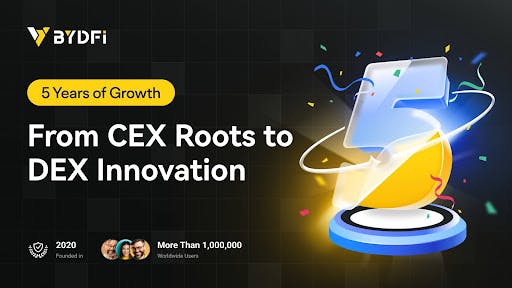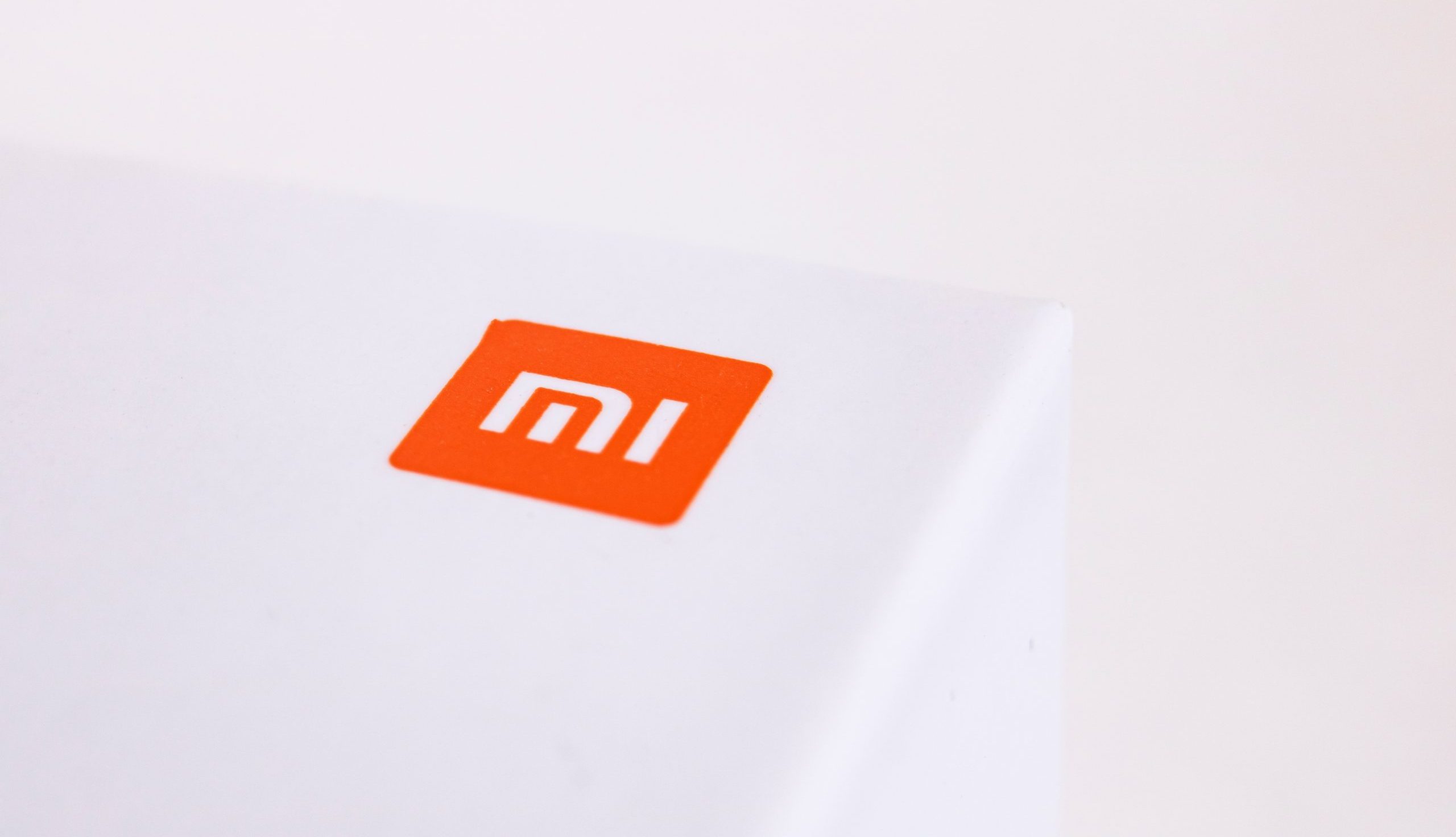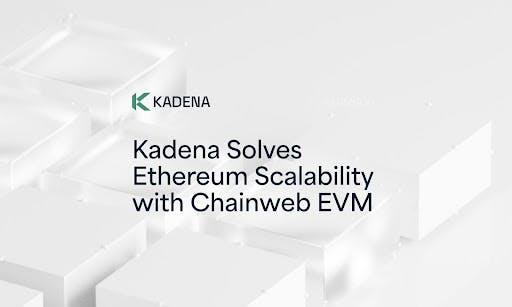Table of Links
Abstract and 1 Introduction
2 Related Work
3 Methodology
4 Studying Deep Ocean Ecosystem and 4.1 Deep Ocean Research Goals
4.2 Workflow and Data
4.3 Design Challenges and User Tasks
5 The DeepSea System
- 5.1 Map View
- 5.2 Core View
5.3 Interpolation View and 5.4 Implementation
6 Usage Scenarios and 6.1 Scenario: Pre-Cruise Planning
- 6.2 Scenario: On-the-Fly Decision-Making
7 Evaluation and 7.1 Cruise Deployment
7.2 Expert Interviews
7.3 Limitations
7.4 Lessons Learned
8 Conclusions and Future Work, Acknowledgments, and References
7 EVALUATION
Our goal for evaluation was to validate the effectiveness of DeepSee’s technical design and visualizations [43] in terms of maximizing scientific return. To do this, we first asked our deep ocean research collaborators (P1 − 5) which user tasks (T) raised in Sect. 4.3 and Table 2 they accomplished during an initial expedition deployment of DeepSee aboard a research vessel in the Gulf of California (Sect. 7.1). After deployment, we conducted semi-structured interviews with the same collaborators (P1 − 5) and collected feedback on how DeepSee broadly affected research outcomes, workflows, and communication between team members (Sect. 7.2). Based on the deployment and interviews, we then discuss limitations of the current implementation (Sect. 7.3) and finally conclude with lessons learned from our design process and the deployment that can be broadly applied to designing future visualization systems in other domains (Sect. 7.4).
7.1 Cruise Deployment
Following the evaluation methodology for design studies [43], DeepSee was deployed on an expedition [40] aboard the research vessel R/V Falkor in the Gulf of California (Fig. 7) over the course of 15 days (Expedition FK210922) in 2021. The goal was to help scientists characterize the geochemistry, biology, geology, and ecology of sediment-hosted hydrothermal vents and seeps of the South Pescadero Basin using mapping, ROV operations, and sample collection. This area was first discovered in 2015 [38] and recently visited in 2018 on the R/V Falkor during expedition FK181031 [45]. Overall, DeepSee helped organize collected sample data from cruises into a central database for easy accessibility and comparison of various geochemical and microbiological community data.
Before embarking, core data collected in 2018 was processed and loaded into DeepSee to visualize and contextualize each core’s geochemical and biological attributes to one another and to their environment. DeepSee was used in several ways: (1) to familiarize newer scientists who were not aboard the 2018 cruise to the field site through the use of bathymetric maps and sample site locations (T5, T6, T7); (2) to examine the sample data collected and characterize different sediment cores (T3, T4); (3) to correlate different geochemical trends with microbial community data and to form hypotheses as to what was driving changes in microbial communities across the basin (T1, T2); and (4) to identify scientific sites of interest to return to on the 2021 expedition to collect additional samples and examine how the conditions had changed over the course of three years (T8, T9). For example, the Interpolation View supported gradient-based analysis (T10, T11), as P2 described: “I used the Map View to see the spatialization of the cores, then the Interpolation View to see… if we sampled a core in a specific location, how would that change the certainty of the gradient estimation in that area? Where could we sample to add the most information?” P3 described a unique team-based use case of DeepSee that emerged during this period: “In the week before the Pescadero cruise… we all had DeepSee open together to look at sites and trends and to plan where to go. Seeing where the data is sparse, seeing where there is a lot of data, seeing map features without data points, seeing trends in geochemistry to follow out to some distance, looking for particular microorganisms in the sequence data by searching for species. It was quite helpful to have map data and sequence data in one place and see details on demand.” Overall, the scientists were able to test every task we designed DeepSee for during pre-cruise planning.
During the cruise, the Map View was used in the ship’s control room as a visual reference by matching up the current dive location to data associated in any area that the ROV had dived previously in 2018 (T5, T6, T7, T8, T9). P4 described their typical workflow in the control room during a dive as well as having DeepSee in parallel: “I was on the side as the data annotator for notes, screenshots, etc. I would pull up reference images and collect notes as the lead researcher would give orders and direct the group. I had DeepSee up and ready to go to answer questions. For example, if we returned to a previous area, we compared the data from before to what was there now. If it was a new area, there was not much to use DeepSee for.” (T3) P4 also mentioned that DeepSee’s dark color scheme helped “keep light to a minimum in the [control room]. I didn’t realize how important that would be until I was in there.” While many data exploration and annotation tasks were performed during the cruise, tasks related to analyzing data collected on the fly for decision making (T1, T2, T4, T10, T11) were not able to be performed. We provide feedback from scientists on the additional support needed to perform in-situ analysis in Sect. 7.3 and synthesize design guidance to address these needs in Sect. 7.4
Authors:
(1) Adam Coscia, Georgia Institute of Technology, Atlanta, Georgia, USA ([email protected]);
(2) Haley M. Sapers, Division of Geological and Planetary Sciences, California Institute of Technology, Pasadena, California, USA ([email protected]);
(3) Noah Deutsch, Harvard University Cambridge, Massachusetts, USA ([email protected]);
(4) Malika Khurana, The New York Times Company, New York, New York, USA ([email protected]);
(5) John S. Magyar, Division of Geological and Planetary Sciences, California Institute of Technology Pasadena, California, USA ([email protected]);
(6) Sergio A. Parra, Division of Geological and Planetary Sciences, California Institute of Technology Pasadena, California, USA ([email protected]);
(7) Daniel R. Utter, [email protected] Division of Geological and Planetary Sciences, California Institute of Technology Pasadena, California, USA ([email protected]);
(8) John S. Magyar, Division of Geological and Planetary Sciences, California Institute of Technology Pasadena, California, USA ([email protected]);
(9) David W. Caress, Monterey Bay Aquarium Research Institute, Moss Landing, California, USA ([email protected]);
(10) Eric J. Martin Jennifer B. Paduan Monterey Bay Aquarium Research Institute, Moss Landing, California, USA ([email protected]);
(11) Jennifer B. Paduan, Monterey Bay Aquarium Research Institute, Moss Landing, California, USA ([email protected]);
(12) Maggie Hendrie, ArtCenter College of Design, Pasadena, California, USA ([email protected]);
(13) Santiago Lombeyda, California Institute of Technology, Pasadena, California, USA ([email protected]);
(14) Hillary Mushkin, California Institute of Technology, Pasadena, California, USA ([email protected]);
(15) Alex Endert, Georgia Institute of Technology, Atlanta, Georgia, USA ([email protected]);
(16) Scott Davidoff, Jet Propulsion Laboratory, California Institute of Technology, Pasadena, California, USA ([email protected]);
(17) Victoria J. Orphan, Division of Geological and Planetary Sciences, California Institute of Technology, Pasadena, California, USA ([email protected]).

